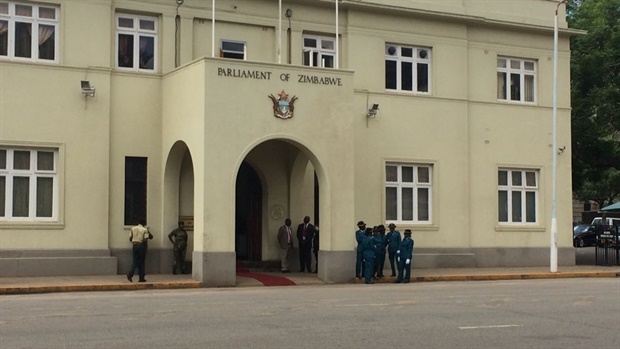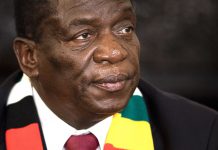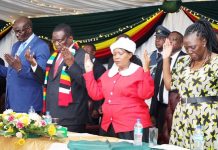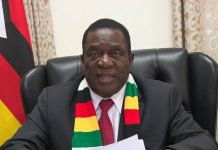This was achieved by a constitutional scheme that strengthened the powers of the executive against the other two arms of the state and by giving constitutional status to strong views held by the executive. The latter point is evidenced by a series of amendments meant to reverse decisions of the Supreme Court merely to impose the strong views of the executive. In the executive presidency, the framers found an effective devise to undermine traditional checks and balances utilised by most democratic governmental systems.
It is striking that these amendments were not subjected to public debate. The mere say-so of the executive was sufficient to justify fundamental political changes. As a consequence, political
intolerance became a driving force in constitutional reform. This is a recipe for disaster: a constitution must be able to outlive the political emotions of the day.
The surest way of achieving this is to subject constitution-making to an open and broad people-centred process transcending partisan political interests.
This is the lesson to be learnt from the haphazard and partisan constitution-making process of the period examined in this article.






